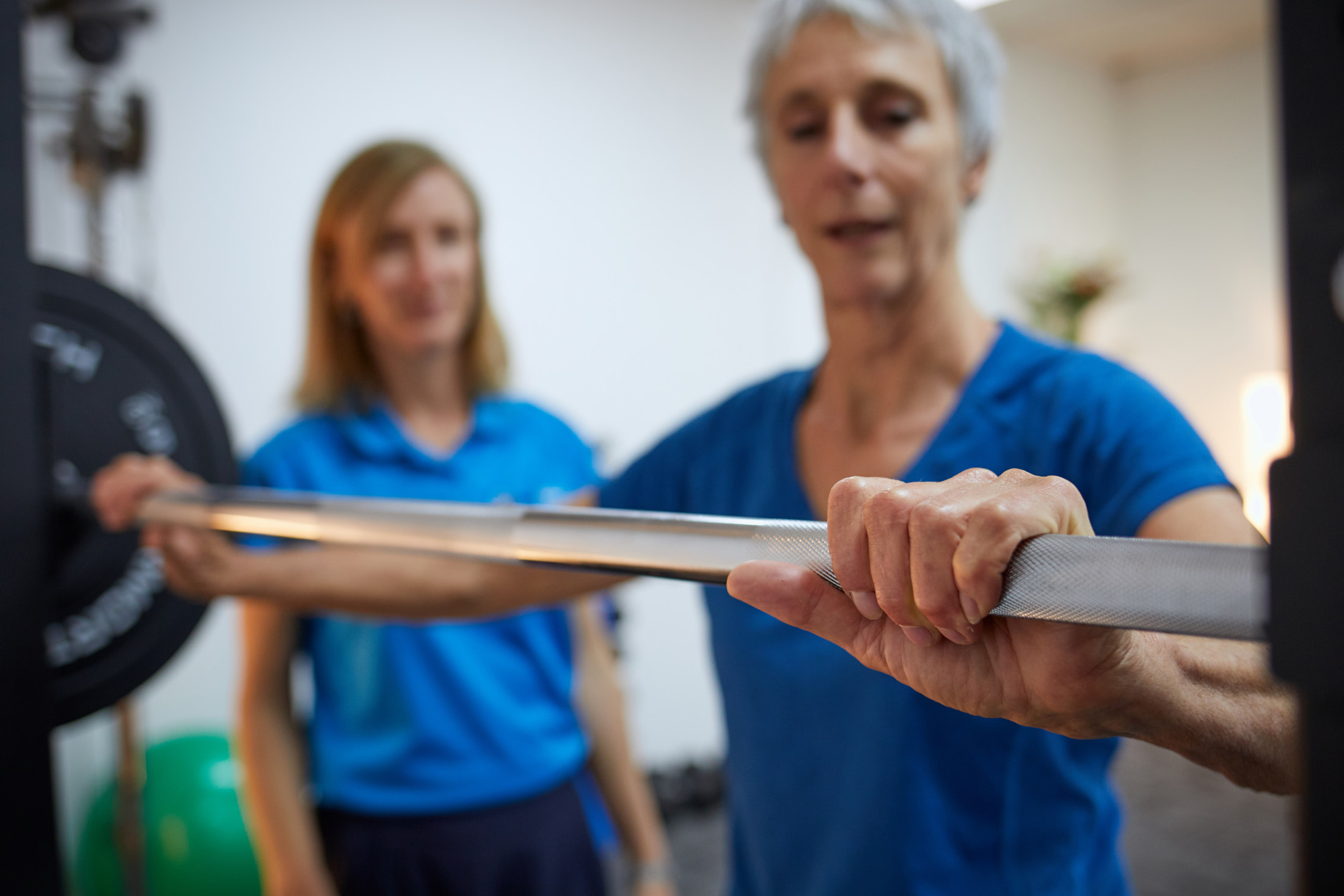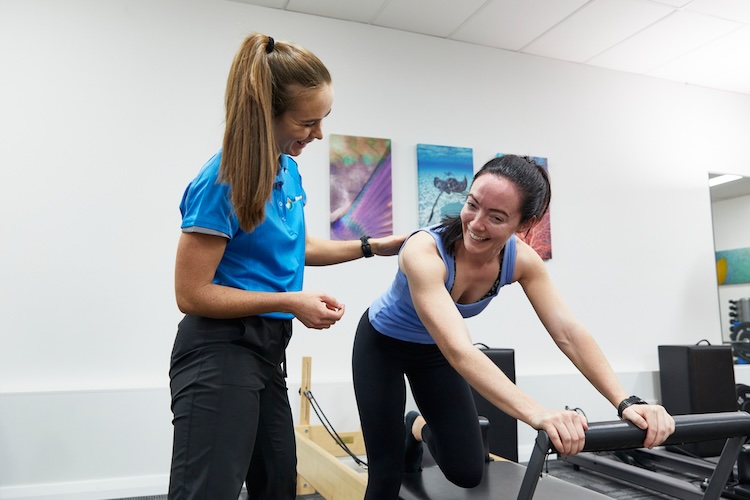Do I have Hypermobility and can I safely exercise with it?
Have you ever noticed you or someone you know can straighten their elbows or knees right back?
Or they have super bendy joints and even seem double-jointed?
Have they told you that they have tried exercising but keep hurting themselves or their joints feel very unstable when doing those exercises? They may even remember dislocating their joints frequently.
They probably have a disorder known as hypermobility spectrum disorder (HSD), a common and frequently underdiagnosed condition.
What is Hypermobility Spectrum Disorder?
Hypermobility Spectrum Disorder (HSD) affects the connective tissue in one or multiple joints in the body. In severe cases the connective tissue disorder also impacts the organs. The symptoms of HSD vary from person to person. Symptoms can also include fatigue, gut issues, headaches and anxiety.
How is Hypermobility Spectrum Disorder Diagnosed?
Diagnosis is made clinically by a trained physiotherapist or doctor through physical examination of your joints and looking at your medical history. The therapist or doctor would need to rule out other conditions causing the symptoms, such as Ehlers-Danlos Syndrome.
Common problems include:-
- Joint dislocation
- Joint damage and pain
- Early degenerative joint changes
- Recurrent ligament and/or tendon injuries
- Poor body position awareness
What is the best treatment for Hypermobility Spectrum Disorder?
Evidence from recent research shows that exercise is the best form of treatment for managing HSD. For more severe cases, a multidisciplinary approach is necessary as it requires involvement from other health professionals.
Exercise needs to be individualised to your specific problems and that can only be done with a trained physiotherapist. Exercise options include supervised clinical pilates, aerobic exercise, walking, swimming and even weight lifting for the right person.
Your physiotherapist will evaluate your problems and give you exercises to address those problems in a safe manner.
Exercises are focused on
- improving your joint control
- building body awareness
- developing strength at the end range positions.
Physiotherapy also helps with
- injury prevention and treatment
- pain management
- education and support
Here at Next Wave Therapy, our approach is holistic. We look at the body as a whole and address the physiological and psychological issues together. Our Pilates studio and gym are well equipped to create a program that suits your needs and one you will enjoy doing.
Key Points on Hypermobility Spectrum Disorder
- HSD is a condition that affects the connective tissue of one or multiple joints and symptoms can be mild to severe.
- Joint issues can often lead to frequent injuries and chronic pain
- Exercise is the best form of treatment as it helps you manage your symptoms through improved control and body awareness
HSD is a condition you can not only manage well but th

rive with given the right help. If you or someone you know is struggling with hypermobility and needs to be assessed, call or email the clinic and book in with our trained physiotherapist, Rushil Shah.






